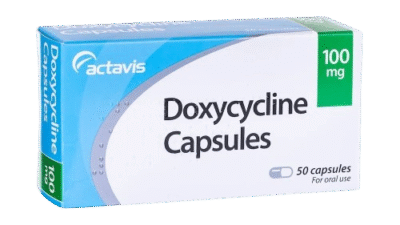What is Diazepam?
Diazepam is a medicine from the benzodiazepine family. It works by calming brain activity and relaxing the nervous system.
Forms available:
- Tablets
- Liquid syrup
- Injections (hospital use only)
Doctors mostly prescribe Diazepam for anxiety, seizures, muscle spasms, and alcohol withdrawal symptoms.
Table of Contents
Why is Diazepam Prescribed?
Doctors give Diazepam for different health conditions, such as:
- Anxiety Disorders – To reduce nervousness and tension.
- Muscle Spasms – To relax tight or painful muscles.
- Seizures (Epilepsy) – Sometimes used with other medicines.
- Alcohol Withdrawal Symptoms – Helps reduce shaking and restlessness.
- Before Surgery or Medical Tests – To make the patient calm and relaxed.
How Should Diazepam Be Used?
- Take Diazepam exactly as your doctor tells you.
- Usually, it is taken by mouth (tablet or liquid).
- Do not take more or less than the prescribed dose.
- If you are using liquid, always measure with a proper spoon or syringe.
- Do not stop suddenly; your doctor may reduce the dose slowly.
Diazepam can be habit-forming if used for a long time.
How to Take Diazepam Safely?
- Take it exactly as your doctor prescribes.
- Usually taken by mouth (tablet or liquid).
- Do not increase or reduce the dose on your own.
- If using liquid form, measure with a special spoon or syringe (not a kitchen spoon).
- If you need to stop, your doctor will taper the dose slowly.
Diazepam can cause dependence if taken for a long time. Never self-medicate.
Common side effects
These common side effects of diazepam happen in more than 1 in 100 people. There are things you can do to help cope with them:Feeling sleepy or drowsyConfusionProblems with your co-ordination or controlling your movementsShaky hands (tremors)
Serious side effects
It happens rarely, but some people have serious side effects when taking diazepam.
Call a doctor or call 111 now if:
- your skin turns yellow, or the whites of your eyes turn yellow although this may be less obvious on brown or black skin
- you see or hear things that are not there
- you think things that are not true
- you keep falling over
- you have unusual mood changes such as talking more than usual or feeling overexcited, agitated, restless, irritable or aggressive – these side effects are more likely in children or if you’re over 65
What may interact with this medication?
Do not take this medication with any of the following:
- Sodium oxybate
This medication may also interact with the following:
- Alcohol
- Grapefruit juice
- Medications that cause drowsiness before a procedure, such as propofol
- Medications that help you fall asleep
- Medications that relax muscles
- Opioids for pain or cough
- Other benzodiazepines
- Phenothiazines, such as chlorpromazine, prochlorperazine, thioridazine
- Some antihistamines
- Some medications for depression, such as amitriptyline or trazodone
- Some medications for seizures, such as phenobarbital or primidone
Precautions Before Taking Diazepam
Inform your doctor if you have:
- Allergies to Diazepam or similar medicines
- Liver/kidney disease
- Breathing problems (asthma, COPD)
- Depression or mental illness history
- Pregnancy or breastfeeding
Avoid alcohol – it increases the sedative effect.
Do not drive or operate heavy machinery after taking Diazepam.
What Should I Know About Storage and Disposal?
- Store Diazepam at room temperature (20–25°C).
- Keep it away from direct sunlight and moisture.
- Keep it out of reach of children and pets.
- Do not flush unused tablets in the toilet. Instead, follow local guidelines for safe disposal.
Emergency or Overdose
Taking too much Diazepam can be dangerous. Signs of overdose:
- Very deep sleep or fainting
- Slow breathing
- Trouble waking up
- Loss of balance



